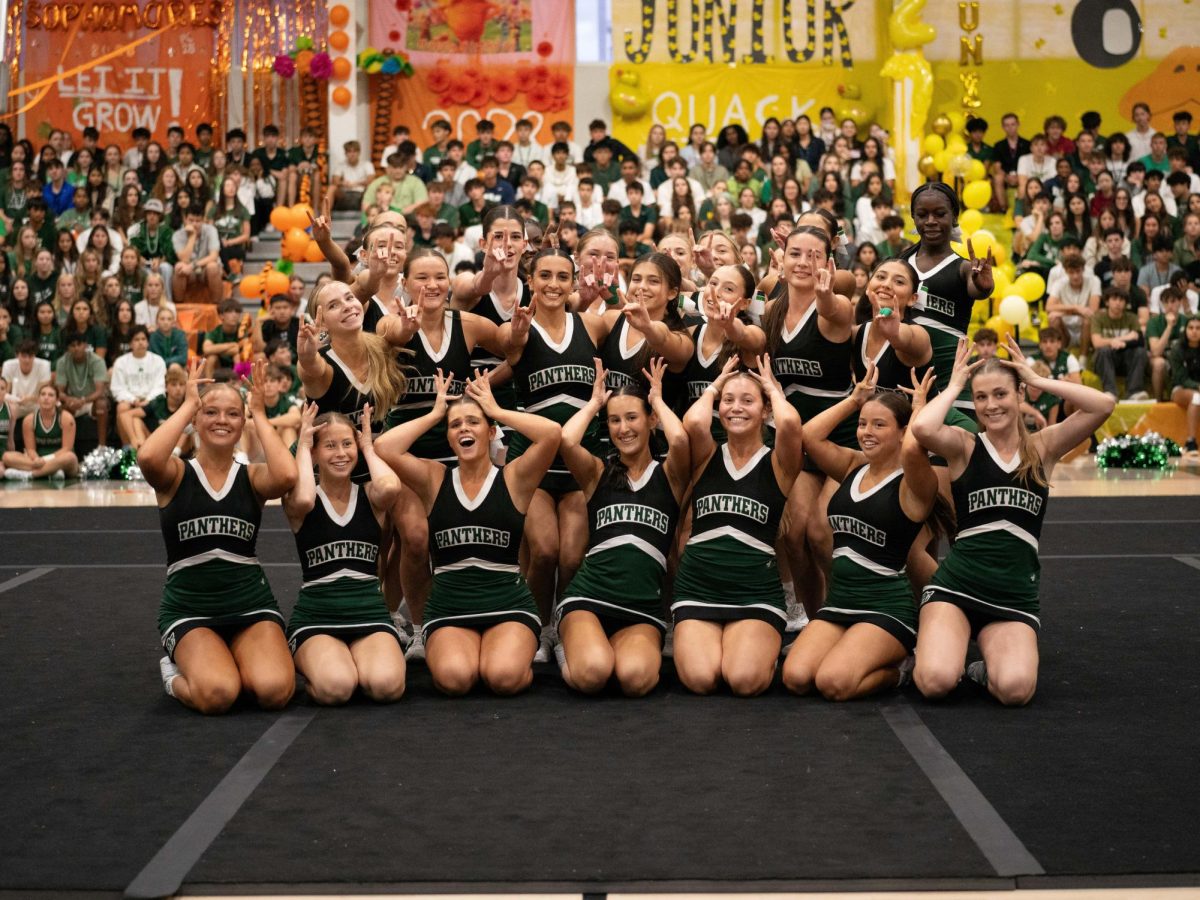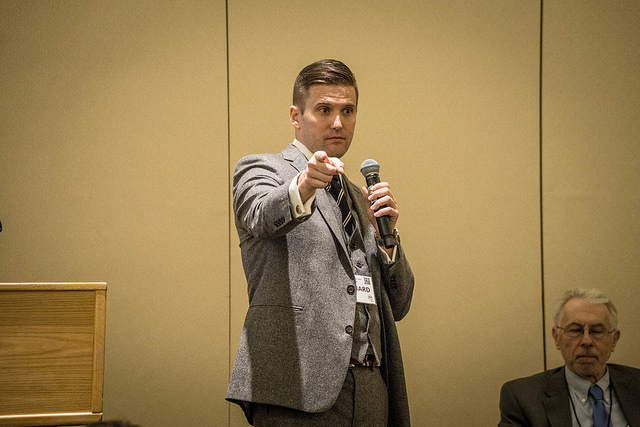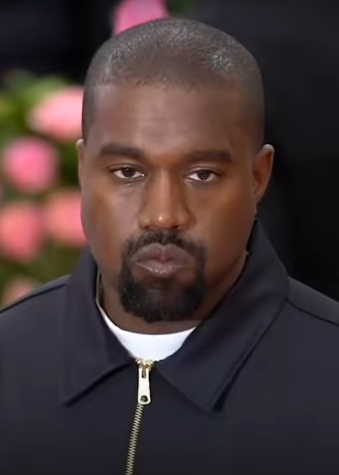Richard Spencer: Standing up and Speaking Out
The University of Florida community unified to drown out Richard Spencer’s hatred.
Richard Spencer’s highly protested speech at the University of Florida on October 19th unearthed debates regarding the faint line between free speech and hateful abuse worthy of censorship.
As the ringleader of the emerging alt-right movement, which includes neo-Nazis and white supremacists within their ranks, Richard Spencer is an avowed supporter of a “white awakening” and unabashedly advocates for the return of white privilege, although white privilege is just as strong now as it has been for decades, as seen by the 1988 essay by Peggy McIntosh White Privilege and Male Privilege, in which the points outlining white privilege then are still relevant now. Spencer also spearheaded the white supremacist riots in Charlottesville, Virginia, during which a 32-year old woman protesting the racist movement was killed. Spencer’s appearances are constantly flanked by protesters countering his beliefs; thousands of students surrounded the University of Florida auditorium, holding up signs such as “Good Night Alt-Right” and “Down With Confederate Monuments.” The volume of people was so extreme that the county was declared to be in a state of emergency, an event Spencer describes as “flattering.”
Tensions have risen as a result of white nationalists, leading to debates surrounding which methods of protest are appropriate in a world of social media and 24-hour news coverage. The rise of the alt-right movement shows that once people are given a voice to lead their controversial opinions, they become less afraid to show their support. By amassing a group of dissenters of Spencer’s beliefs, a voice and group identity could be given to those who refuse to accept the bombardment of racist tirades. While Spencer’s rallying clearly served an extremely detrimental purpose, his method of leading those too scared to speak up should be applied to encourage others to stand up against racism.
The “Take a Knee” movement has done just this, by lending visibility to the oppression that people of color face, especially through police brutality. In fact, at least 49 NFL players have shown dissent through the movement by raising a fist or refusing to rise for the national anthem since Colin Kaepernick first knelt in August. While Kaepernick once stood up for his beliefs alone, other athletes have since joined him. Kaepernick provided a leading voice for believers that dwelt in silence to follow. Standing up for one’s beliefs clearly proves to be an effective form of objection.
Although Richard Spencer strives to create rifts in America, the protesters against his hatred prove that citizens can still find ways to unify against racism.
Sources: Think Progress, CNN, National Seed Project, CBS News, Slate
Photo Source: V@s via Flickr

Alice Rau is a Pine Crest junior. Alice enjoys rowing, dancing, writing for Type One, and volunteering at a Miami-based Big Buddy program. Alice has spent...
































![Stranger Things 4: What to Expect [Warning: Contains Spoilers]](https://pcpawprint.com/wp-content/uploads/2021/11/StrangerThings4-900x473.jpeg)

























































